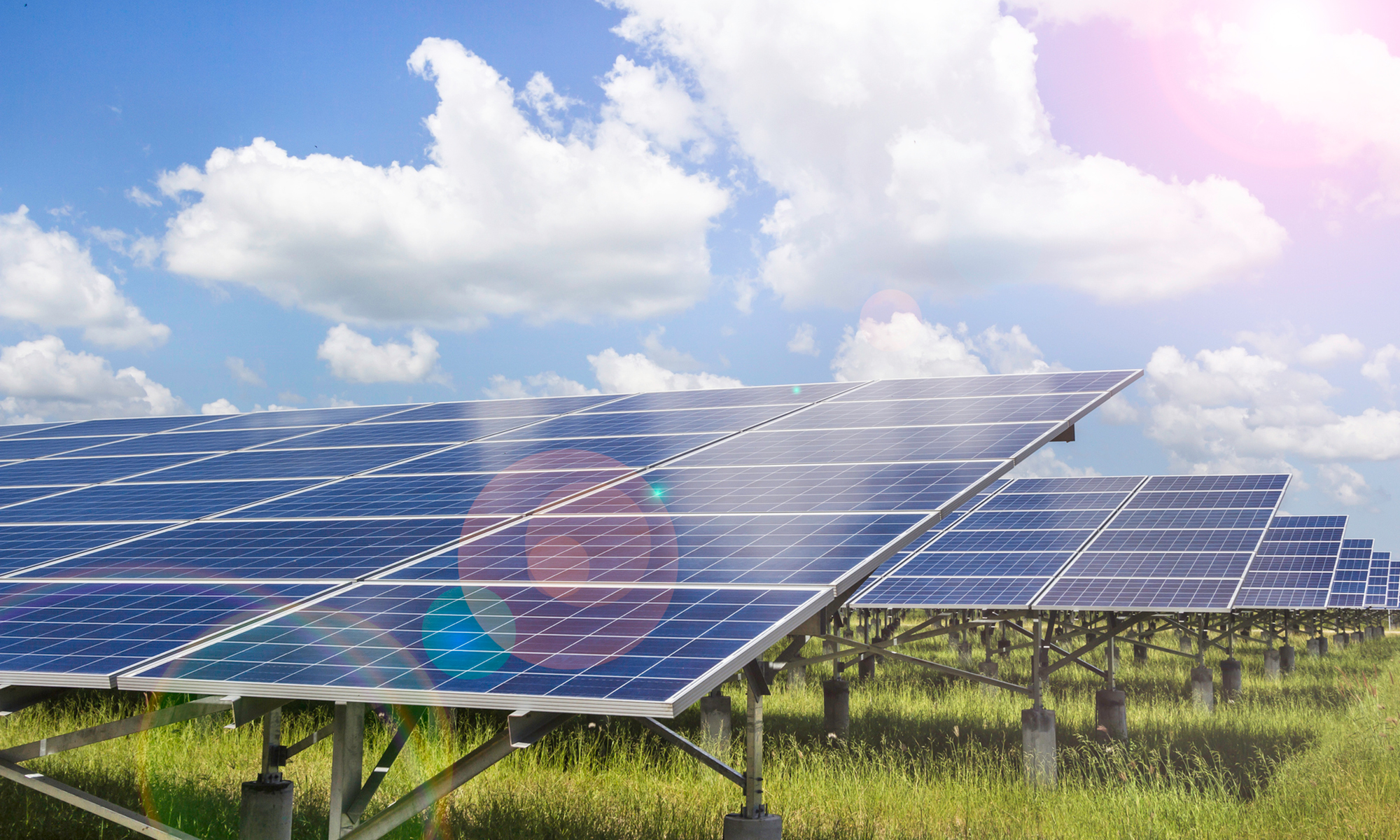This post was co-authored by Brad Thompson and Justus Getty.
- The Suniva / SolarWorld trade case concluded this week with the announcement of import relief to domestic solar panel manufacturers in the form of tariffs to be applied to solar panel imports.
- The decision, which was heavily contested by stakeholders in the solar industry, was somewhat of a mixed bag for all sides: although some tariffs were imposed, the tariffs did not go as far as Suniva and SolarWorld had requested.
The Trump administration on Monday announced the final results of the Suniva / SolarWorld trade case, electing to apply tariffs to solar panel imports at a rate of 30% for 2018. The tariffs will be imposed for a four-year period, with the tariff rate dropping by 5% per year. The first 2.5GW of imported solar panels are exempted from the tariff. This summary of the tariff rates was included in the administration’s tariff announcement [1]:
The administration’s decision concludes a trade case that began with a seven-month investigation conducted by the U.S. International Trade Commission. The case was brought under Section 201 of the Trade Act, which allows for “import relief” (essentially deviations from a free trade agreement) upon a finding of serious injury to a domestic industry. We previously detailed the legal basis for the case here.
Notably, the 30% tariff rate is lower than the tariffs recommended by several commissioners of the ITC (who recommended 35%) and the tariffs requested by Suniva and SolarWorld (who requested 50%). The tariff is designed to raise the cost of imported panels, allowing greater margins for domestic manufacturers to profitably produce solar panels. Some analysts have estimated the ITC’s recommended tariffs will pencil out to somewhere between $0.10 and $0.15 per watt.
Solar industry experts appear to have generally concluded that the tariffs will likely cause a momentary slowdown of the pace of U.S. solar installation, but are unlikely to have any substantial, long-term impact on the industry. The Solar Energy Industries Association (SEIA) fought hard against the ITC action, and has indicated its belief that the decision will cost many American blue collar installation jobs (far in excess of any potential American manufacturing jobs that may be created).
Under Section 201, implementation of the decision is ordinarily 15 days from the transmission of the president’s decision to Congress. However, owing to the possibility of other administrative delays a precise date of implementation is unclear at the moment.
[1] The full tariff announcement can be found at https://ustr.gov/sites/default/files/files/Press/fs/201%20Cases%20Fact%20Sheet.pdf

